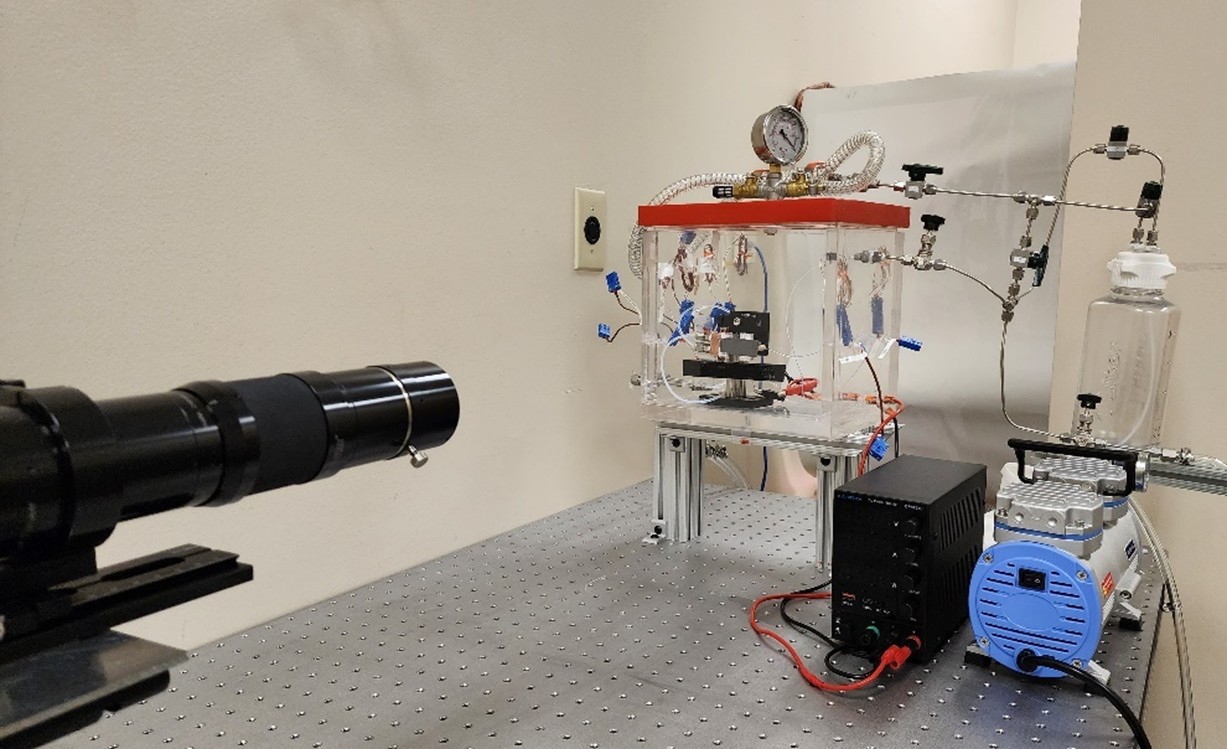Liquid Film Characterization in Oscillating Heat Pipes Using Combined Velocimetry, Thermometry, and Interferometry
2022 - Dr. Yaofa Li

NASA has an urgent need for improved passive thermal management of electronics, batteries, and high capability sensors for future spacecraft and planetary habitat systems, that are pervasive at NASA. Among various technologies, the pulsating heat pipe (PHP, also known as oscillating heat pipe, OHP) has emerged as a promising option due to its potential to extract heat at significantly higher heat flux levels compared to conventional heat pipes used on today’s spacecraft and its novel potential applications which are rapidly increasing the technology readiness level of this device for both ground and space environments. However, the underlying liquid-vapor fluid dynamics, heat transfer, and particularly the thin-film evaporation in PHPs are not well understood. This lack of understanding has seriously limited our ability to develop a physical model that can accurately predict the performance of an PHP, which in turn prevents us from improving the current design and achieving better performance for new PHP designs. In this NASA EPSCoR research initiation project, a team led by Dr. Yaofa Li at Montana State University (MSU) aims to understand the fundamental physics associated with PHPs by employing novel microfabrication techniques and advance flow diagnostics. The team formed by Dr. Li, one graduate student (Ms. Arpan Ghimire Bohara) and one undergraduate student (Mr. Jacob Werner), is interested in understanding the role of thin film in PHPs, and innovative ways to enhance heat transfer performance. Knowledge learnt from this project can potentially help engineers and material scientists to design new PHPs with better performance, that can be used in both space and terrestrial environment. This project supported graduate and undergraduate research at MSU, helped to developed research infrastructure for PHP testing at MSU, strengthened the thermal science research thrust in the Mechanical and Industrial Engineering department and helped to achieve the educational goals at MSU.
